Baby Proofing Essentials
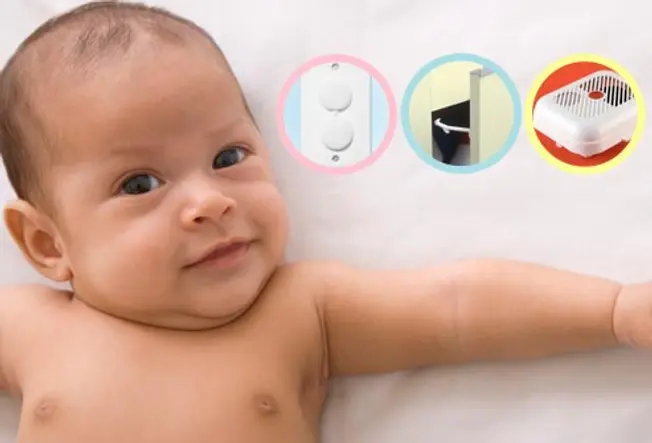
Start Early
It may seem odd to baby-proof your home when your infant can't even roll over yet, but you may be surprised at how soon they'll be getting around and getting into things. So it's never too soon. Take the time to baby-proof when your little one is still brand new or even before they arrive.
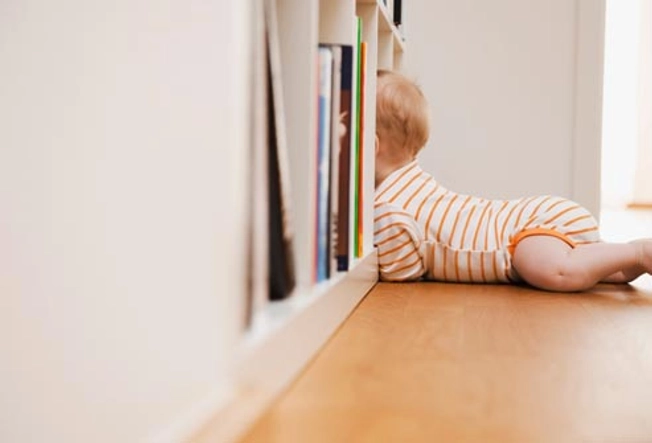
Tie It Down
Time to secure your TVs and furniture -- just in case. Use furniture straps to hold TVs, bookshelves, dressers, and other heavy furniture in place in any rooms where your child might be left alone, even for a minute. Don't put a TV on top of a dresser -- the drawers can be used for climbing. Put corner or edge bumpers on any furniture with sharp edges.
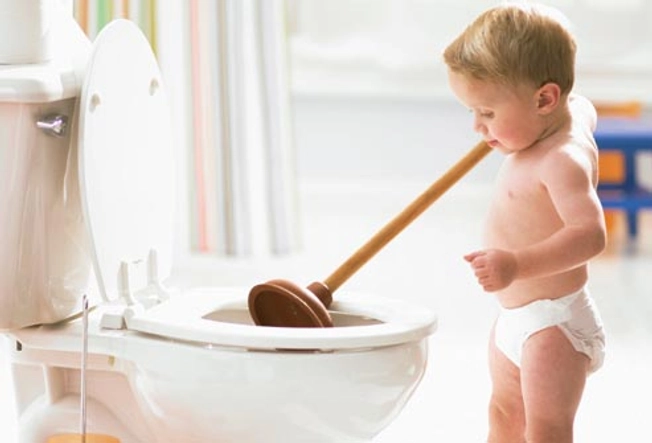
Potty Precautions
You might not see your toilet as a hazard, but the water in it, and the toilet lid, can be a danger for a curious child. So prevent any problems: Remember to always keep toilet lids down and secured with a lid lock.
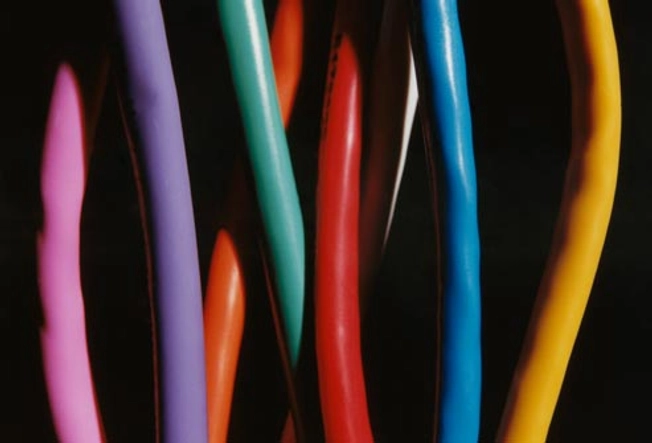
Control Your Cords
Use cord holders to keep longer cords fastened against walls. That way, your little one can't tug on a tangle of computer cords and other electrical wiring. That could keep your baby safe from electrical hazards or heavy equipment that falls after a couple of tiny tugs.
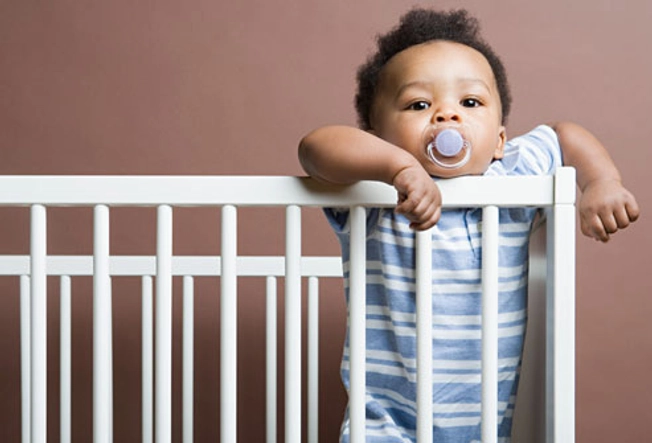
Give Baby a Safe Night's Sleep
Make sure your baby's crib has fixed rails. Or if you must use an older crib, don't use the drop-side rail, or get an immobilizer for it. (Cribs with drop-side rails are banned.) Test the crib to make sure your baby can't fit their head between the slats. If you can slide a soda can between the slats, they're too wide. Always keep soft items like blankets, pillows, stuffed toys, and bumpers out of your baby's sleep space.
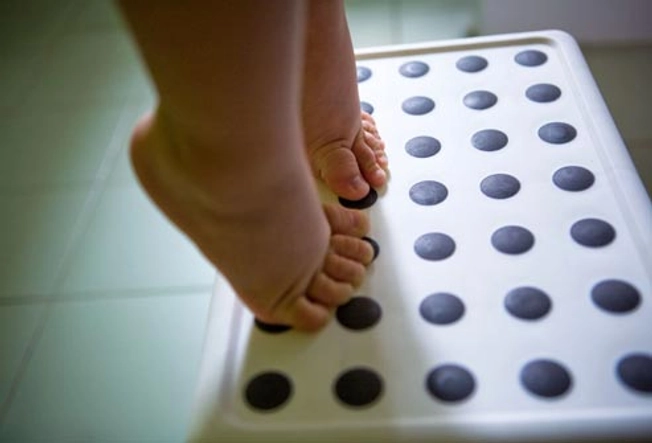
Manage Your Medication
Store all medicines in a high, locked cabinet. Never take medicine out of its original childproof container. Try not to take medicine in front of your child or they may want to imitate you. Never call medicine "candy." And don't flush old pills down the toilet. Get rid of them through your local drug take-back program, or put them in a sealed bag with something your child won't want to eat -- like kitty litter or coffee grounds -- and throw it in the trash.

Blind Danger
Tie all blind cords high out of reach, or cut the ends and attach breakaway safety tassels. Never put a crib or child's bed near window blinds or drapes. Those dangling cords can be a choking risk.
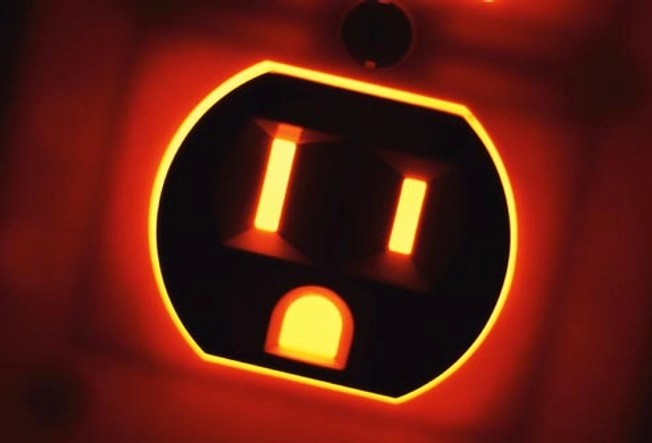
Prevent Shocks
Put outlet covers on all exposed electrical sockets to keep your little one from getting an electric shock. Some small outlet covers can be a choking hazard if a baby or toddler pries them out of the wall. Look for "childproof" covers that require two hands to remove or cover plates that screw on. For double protection, place large furniture in front of outlets.
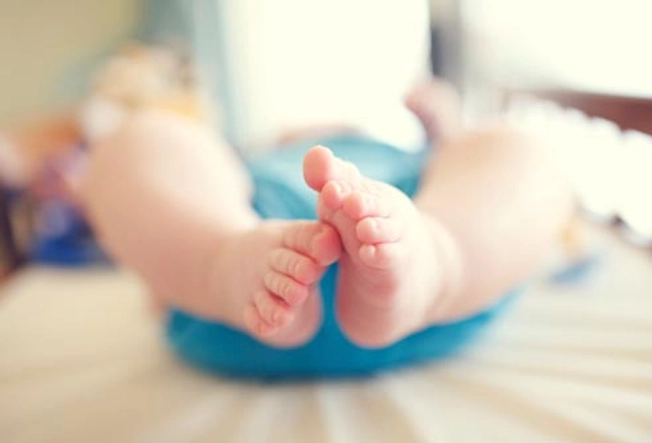
When It's Time for a Change
You'll probably be surprised at how fast your baby learns to roll over -- and the changing table becomes a falling hazard. Be sure your changing table has safety straps and always buckle up when diapering your child. Don't ever leave baby alone on the table. Plan ahead and have all the items you need -- diapers, wipes, baby cream, nail clippers, and a small toy -- handy before you start to change the baby.
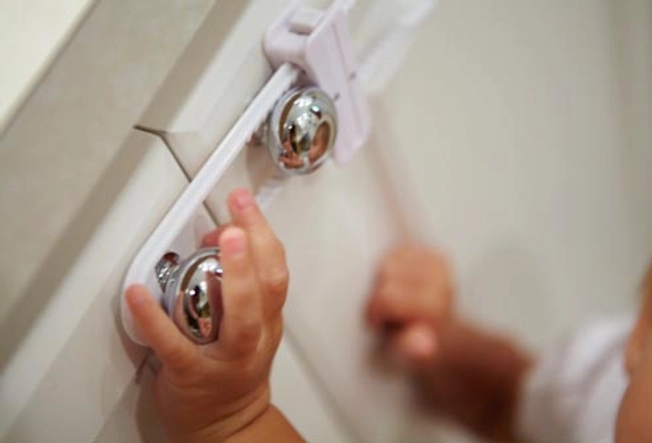
Lock It Up
Protect curious kids from household cleaners and other chemicals by storing those items in locked cabinets or installing safety latches that lock when you close the cabinet door. Do the same for any low cupboards that contain risky items like small appliances. For added safety, store hazardous items up high and far away from small fingers.
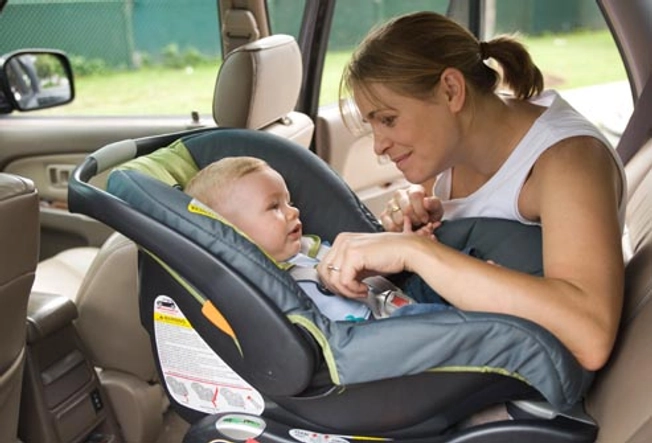
Safety in the Car
Keep your baby safe in your car, too -- in a rear-facing car seat until they are 2. Don't use a car seat if you don't know its history. It may have been involved in a car crash or it may be past its expiration date. Avoid a used car seat that looks damaged or is missing parts or the instructions. Avoid recalled models, too. You can find out more about car seat safety from the manufacturer or the National Highway Traffic Safety Administration (www.safercar.gov).
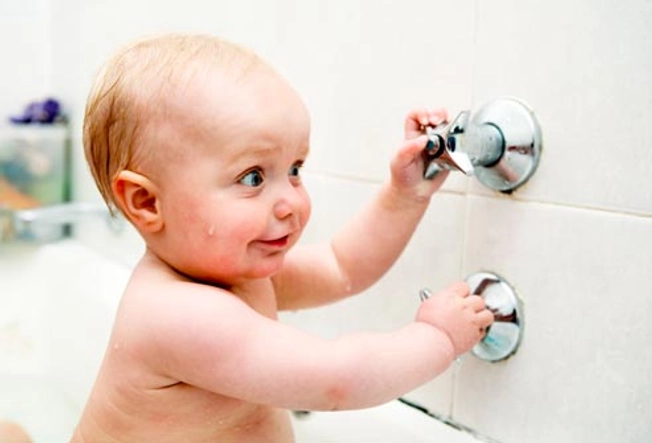
Tub Time
Make tub time fun, but safe, for your little one. Prevent scalding by adjusting your hot water heater so that the water is no hotter than 120 degrees. Install no-slip strips on the bottom of your tub and a soft cover on the faucet to protect tender heads. Most important, never leave your baby or toddler alone in the tub, even for a moment.
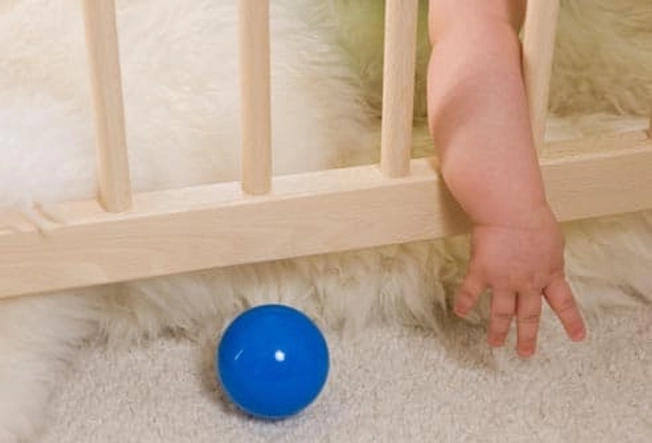
Limit Baby's Movement
If there are some rooms you don't want to baby proof, use baby gates to keep your little one from getting into them. Also install gates at the top and bottom of the stairs beforeyour baby gets mobile. Don't use accordion-style gates, which could trap the baby's head. Look for gates that attach securely to the wall but won't pinch small fingers.
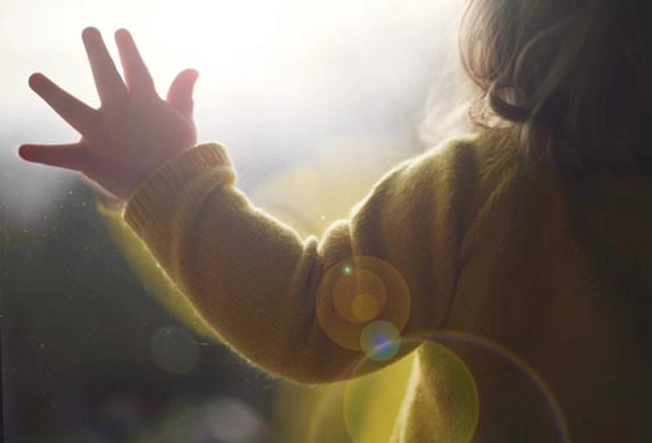
Prevent Window Falls
Place your child's crib and other furniture away from windows. Don't rely on standard window screens -- they're meant to keep insects out, not children in. Instead, install childproof screens, or even better, window guards, which are proven to prevent falls.
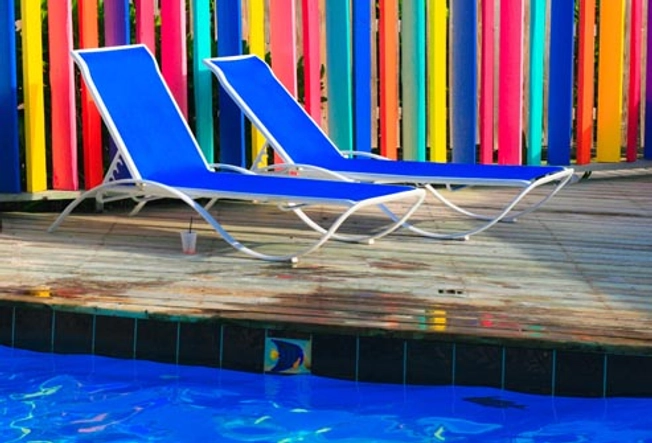
Around Pools and Water Features
Take steps to safeguard areas around pools, hot tubs, and other home features with standing water, like fish tanks and ponds. Backyard pools should be completely surrounded by a 4-foot fence, preferably with a self-latching gate. Pool covers and alarms may provide additional protection. Don't leave toys floating in pools. And just like in the tub, never take your eyes off a child near water.
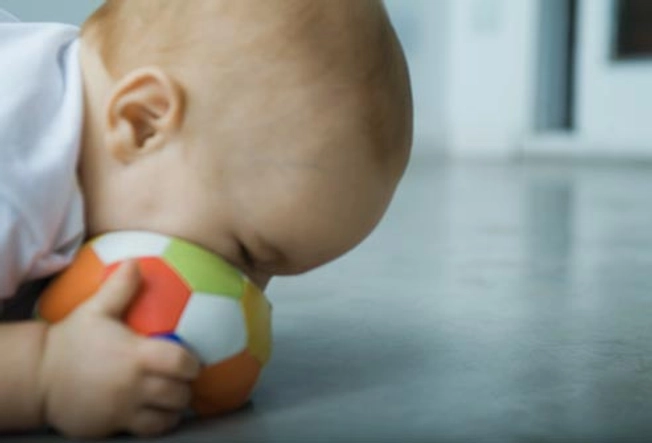
Practice Toy Safety
Baby toys should be safe for babies. Your child's toys should be much larger than their mouth, to prevent choking. Check that all the parts attached to a toy -- like doll eyes or teddy bear bows -- are securely fastened and can't be torn off. Remove mobiles attached to a crib as soon as your baby can push up on their hands and knees.
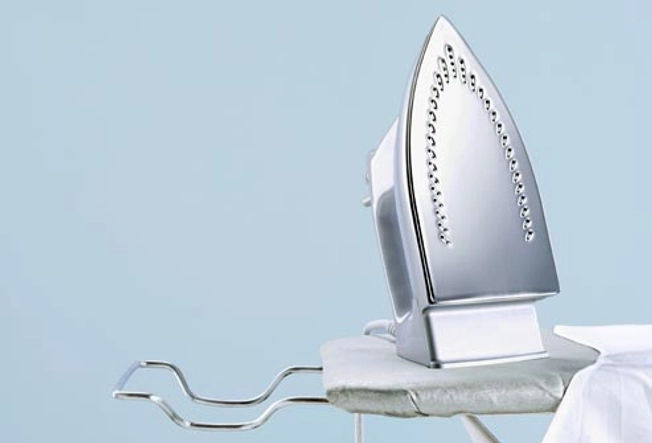
Unplug Appliances
You may leave appliances such as the toaster, coffee maker, or paper shredder plugged in for convenience. But some appliances can harm your child if she turns them on, pulls them down on them, or gets tangled in a cord. Unplug them when you're not using them and put them away, out of reach, if you can.
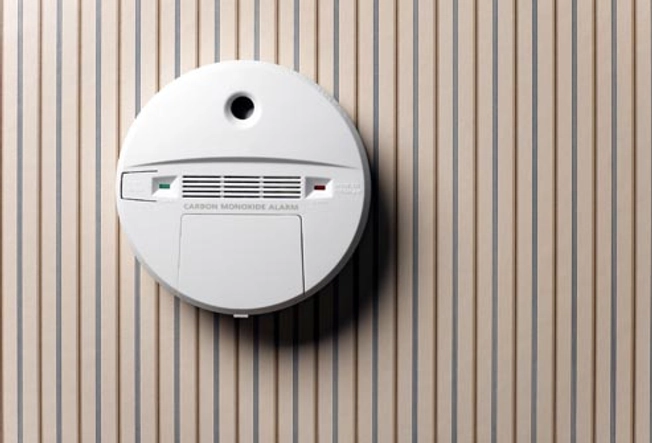
Alarms
Smoke and carbon monoxide detectors are essential to your family's safety. Install a smoke alarm outside every bedroom or sleeping area, and make sure there's at least one on every floor. Don't put smoke detectors near the kitchen or bathroom -- these areas can trigger false alarms that may leave you inclined to ignore them. Check the batteries every month.

Choose a Safer Toy Box
Choose a toy box with a safe design. Avoid containers with hinged lids that slam down. You want one with a light, removable lid or one that slides. If yours has a hinged top, make sure it has a lid support that can prop the lid open. Pick a toy box with ventilation holes or a gap beneath the lid -- in case a kid climbs in.
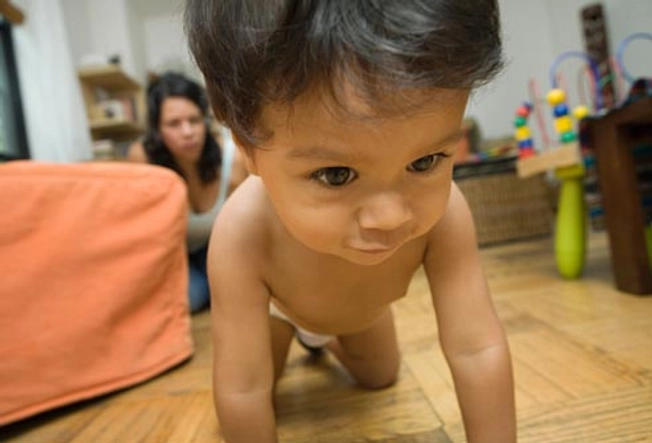
Get Your Child's Point of View
The best way to baby proof is to see things the way your baby does. Get down on your hands and knees and crawl around. What's at baby's eye level and within easy reach? Kids can be curious about anything they see, like computer cords and glassware on low shelves. You might not notice breakable or hazardous items when you're towering above them.
Show Sources
IMAGES PROVIDED BY:
(1) Jose Luis Pelaez/Blend Images, Steve Bartholomew/Dorling Kindersley, Thomas Northcutt/Photodisc
(2) Radius Images/Corbis
(3) American Images Inc/Photodisc
(4) GK Hart, Vikki Hart/Stone
(5) Image Source
(6) Baobao Ou/Flickr
(7) Susan Thompson/Flickr
(8) Court Mast/Photographer's Choice
(9) Robert Lang/Flickr
(10) Ocean/Corbis
(11) John Burke/Photolibrary
(12) Don Bayley/Vetta
(13) Altrendo/Stockbyte
(14) Jill Tindall/Flickr
(15) Andy Teo/Flickr
(16) Alejandro Ventura/Canopy
(17) Michael Haegele/Crush
(18) Jefferey Coolidge/Iconica
(19) Andy Crawford/Dorling Kindersley
(20) Carey Kirkella/Taxi
REFERENCES:
American Academy of Pediatrics. "Bathroom Safety," "Changing Table Safety," "Childproofing and Preventing Household Accidents," " Falls from Heights: Windows, Roofs and Balconies," "Fire Safety," "How to Buy Safe Toys," "Keep Curious Kids Safe by Poison-Proofing Your Home," "Keeping Your Grandchild Safe in Your Home," "Kitchen Safety," "New Crib Standards: What Parents Need to Know," "Poison Prevention," "Toy Box Safety."
FDA: "How to Dispose of Unused Medicine."
Injury Prevention Center. "It Only Takes a Moment."
Nemours Foundation: "Childproofing and Preventing Household Accidents," "Choosing Safe Baby Products: Gates," "Household Safety Checklists," "Household Safety: Preventing Injuries from Falling, Climbing, and Grabbing," "Preventing Strangulation and Entrapment."
U.S. Consumer Product Safety Commission. "Crib Safety Tips."